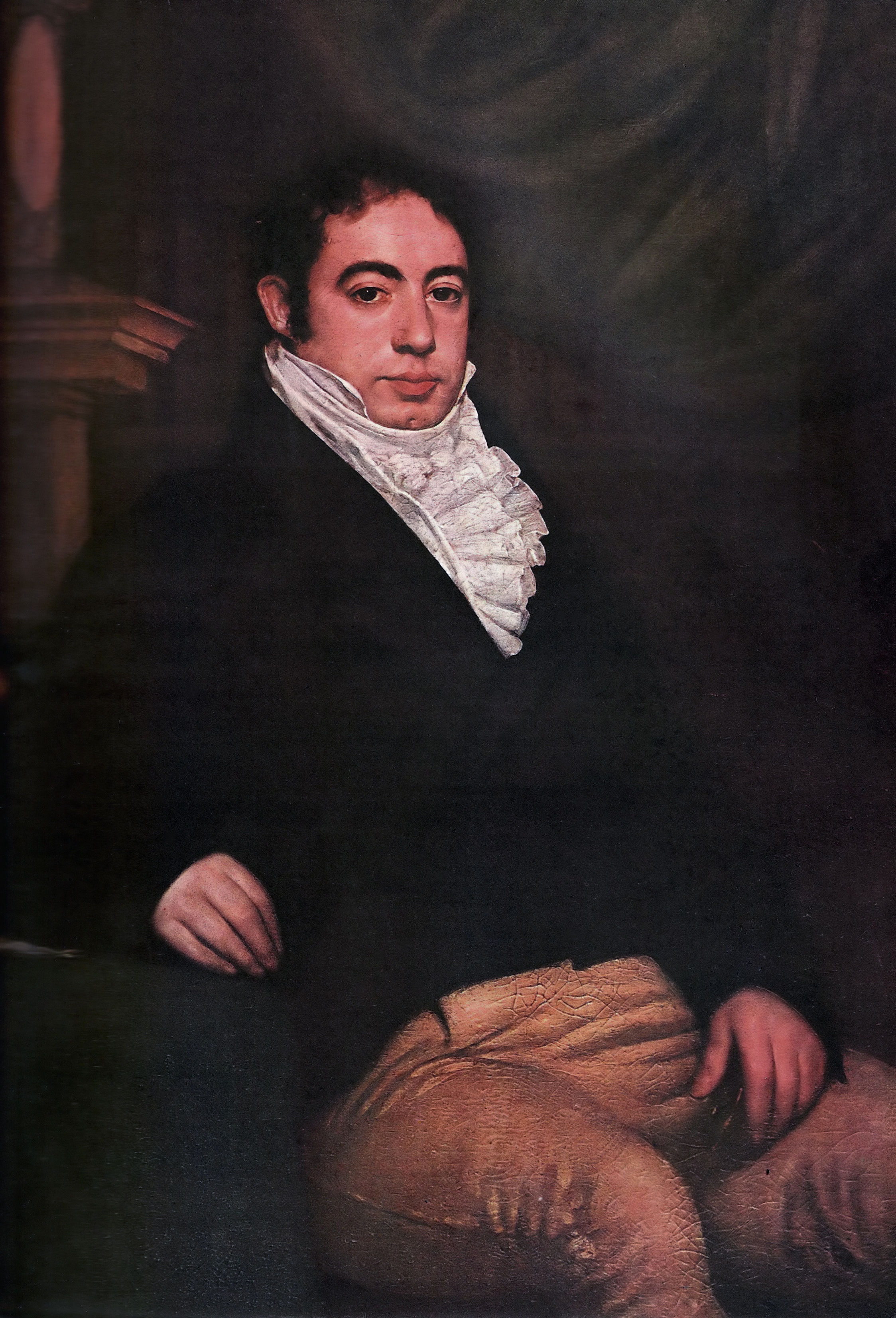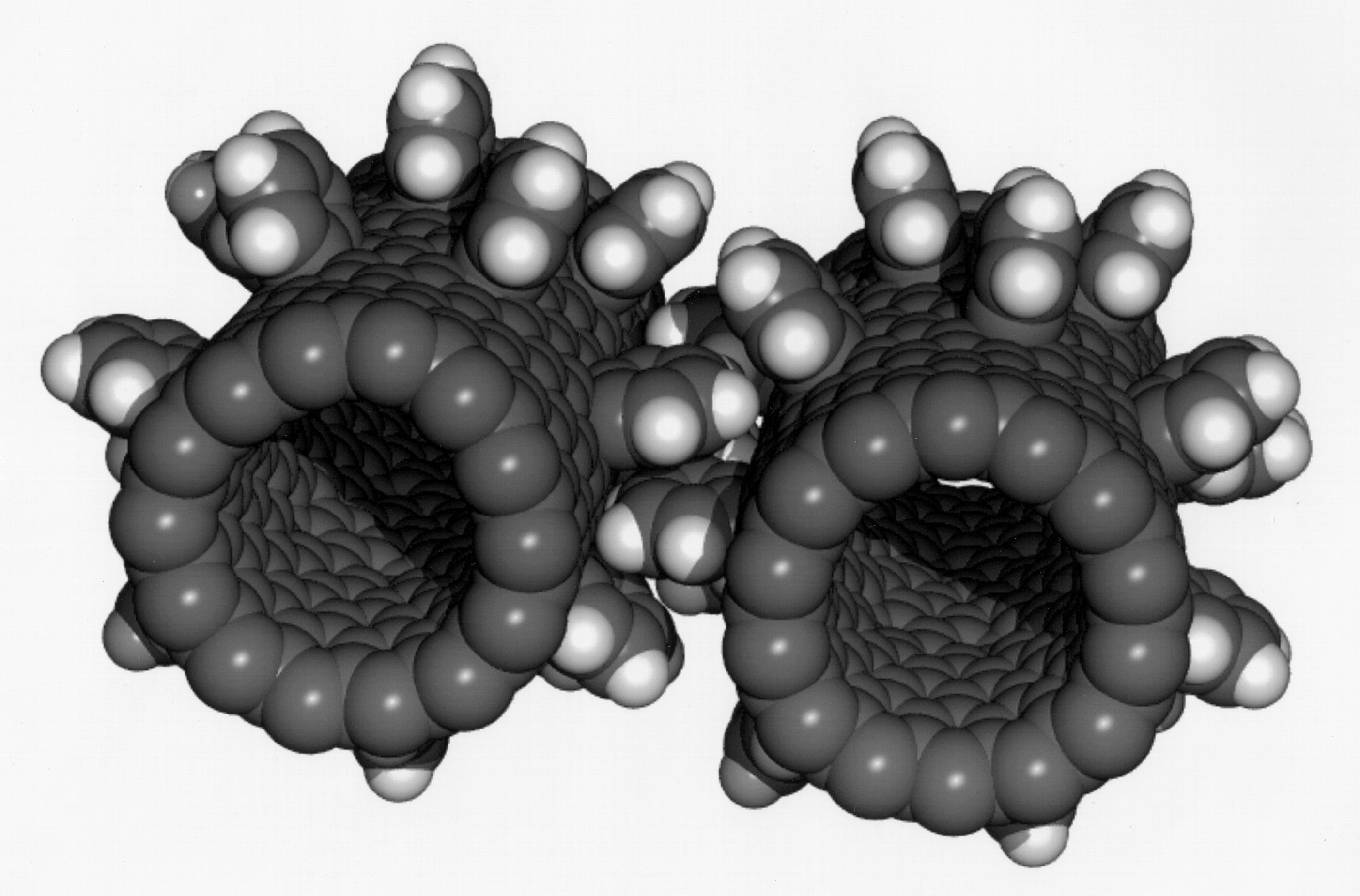|
Roberto Salvarezza
Roberto Carlos Salvarezza (born 30 January 1952) is an Argentine biochemist, researcher and politician. He was Argentina's Minister of Science, Technology and Innovation from 2019 to 2021, in the cabinet of President Alberto Fernández. Salvarezza was president of the National Scientific and Technical Research Council (CONICET) from 2012 to 2015, and then served as a member of the Argentine Chamber of Deputies from 2015 to 2019 representing Buenos Aires Province, sitting in the Front for Victory bloc. Early life and education Roberto Carlos Salvarezza was born on 30 January 1952 in Lanús Oeste, in the southern side of the Greater Buenos Aires conurbation in Buenos Aires Province. He attended high school at the prestigious Colegio Nacional de Buenos Aires, and later finished his biochemistry ''licenciatura'' at the University of Buenos Aires (UBA) in 1977. In 1981 he finished his PhD in the same university; his dissertation was titled "The microbiological corrosion of alumini ... [...More Info...] [...Related Items...] OR: [Wikipedia] [Google] [Baidu] |
Ministry Of Science, Technology And Innovation (Argentina)
Ministry of Science, Technology and Innovation ( es, Ministerio de Ciencia, Tecnología e Innovación; MINCYT) of Argentina is a ministry of the national executive power that oversees the government's scientific and technological policy. It oversees decentralized research and development dependencies such as the National Scientific and Technical Research Council (CONICET), the National Agency for the Promotion of Research, Technological Development and Innovation (Agencia I+D+i), the National Space Activities Commission (CONAE) and the National Genetic Data Bank. The Ministry was created in 2007 by decree of then-President Cristina Fernández de Kirchner; matters of science and technological development had previously been part of the Ministry of Education's portfolio. The current minister of science and technology is Daniel Filmus, who assumed office in 2021 under President Alberto Fernández Alberto Ángel Fernández (; born 2 April 1959) is an Argentine politician, l ... [...More Info...] [...Related Items...] OR: [Wikipedia] [Google] [Baidu] |
Colegio Nacional De Buenos Aires
Colegio Nacional de Buenos Aires (''National School of Buenos Aires'') is a public high school in Buenos Aires, Argentina, affiliated to the University of Buenos Aires. In the tradition of the European ''gymnasium'' it provides a free education that includes classical languages such as Latin and Greek. The school is one of the most prestigious in Latin America. Its alumni include many personalities, including two Nobel laureates and four Presidents of Argentina. History Its origins date to 1661, when it was known as ''Colegio Grande de San Carlos'', when the colonial government entrusted the Jesuit Order with the education of the youth. After the Papal suppression of the Jesuits from Spanish Empire-controlled South America in 1767, the institution languished until 1772, when governor Juan José de Vértiz y Salcedo reopened the school as the ''Real Colegio de San Carlos''. Vértiz, already appointed Viceroy of the Río de la Plata, renamed the school ''Real Convictorio Car ... [...More Info...] [...Related Items...] OR: [Wikipedia] [Google] [Baidu] |
Fernanda Vallejos
María Fernanda Vallejos (born 9 March 1979) is an Argentine economist and politician who served as a National Deputy elected in Buenos Aires Province. She was elected in 2017, when she was the first candidate in the Unidad Ciudadana list, and later sat in the Frente de Todos bloc. Vallejos was born in Zárate, Buenos Aires Province. She studied economics at the University of Buenos Aires, and has a master's degree on economic history and policies. She worked as an advisor on national accounts at the Ministry of Economy under then-minister Axel Kicillof, who was her professor at the University of Buenos Aires. She was also an economic advisor at the National Congress ''National Congress'' is a term used in the names of various political parties and legislatures . Political parties *Ethiopia: Oromo National Congress *Guyana: People's National Congress (Guyana) *India: Indian National Congress *Iraq: Iraqi Nati .... At the 2017 legislative election, Vallejos was the first c ... [...More Info...] [...Related Items...] OR: [Wikipedia] [Google] [Baidu] |
2017 Argentine Legislative Election
Legislative elections were held in Argentina on 22 October 2017 to elect half of the Chamber of Deputies and one third of the Senate. The result was a victory for the ruling Cambiemos alliance, being the most voted force in 13 of the 24 districts. Background The elections took place during the presidency of Mauricio Macri whose ''Cambiemos'' coalition also governed the City of Buenos Aires and Buenos Aires Province. As Cambiemos was a new coalition with few noteworthy political figures, several members of the cabinet were asked to resign from their positions and run for Congress in their respective districts instead. Peronist factions were divided in two main groups; the Citizen's Unity, led by the former president Cristina Kirchner, led the parliamentary opposition to Macri's administration. Another group was composed of politicians from the Justicialist Party and the Renewal Front. Electoral system Chamber of Deputies The 257 members of the Chamber of Deputies are electe ... [...More Info...] [...Related Items...] OR: [Wikipedia] [Google] [Baidu] |
Citizen's Unity
Citizen's Unity ( es, Unidad Ciudadana) was a centre-left Kirchnerist political coalition in Argentina for the 2017 legislative elections led by the former President Cristina Fernández de Kirchner. This coalition existed in the provinces of Buenos Aires, Catamarca, Chaco, Córdoba, Misiones, Neuquén, Entre Ríos and Buenos Aires. The political force launched a campaign against the "retirement adjustment and labor flexibility that the government of Mauricio Macri is trying to impose." The result was a victory for the ruling Cambiemos alliance, being the most voted force in 13 of the 24 districts. Creation After finishing her second term, former President Cristina Fernández de Kirchner proposed the creation of a coalition of forces opposing Mauricio Macri's ruling party. By her own words, the coalition was created to «unite the citizens in order to limit (the power of) the President Mauricio Macri and to avoid the elimination of the social rights acquired (during the pas ... [...More Info...] [...Related Items...] OR: [Wikipedia] [Google] [Baidu] |
World Federation Of Scientific Workers
The World Federation of Scientific Workers (WFSW) is an international federation of scientific associations. It is an NGO in official partnership with Unesco. Its goal is to be involved internationally in all aspects of the role of science, the rights and duties of scientists and their social responsibility. According to some opinions, it was a Cold War-era communist front. The group was said to be composed by a majority of scientists who supported communism, but this was not the criterium for addmitance. The federation opposed nuclear tests conducted by any states. History The WFSW was founded at a conference in London held on 20–21 July 1946 at the initiative of the British Association of Scientific Workers. The original conference was attended by 18 organisations, representing 14 countries.Hoover Institution ''Yearbook on international communist affairs 1966'' Stanford, Calif., Hoover Institution Press. p.507 The WFSW was accused of toeing the Soviet line during the Cold ... [...More Info...] [...Related Items...] OR: [Wikipedia] [Google] [Baidu] |
Faculty Of Exact And Natural Sciences
The Faculty of Exact and Natural Sciences (''Facultad de Ciencias Exactas y Naturales''; FCEN), commonly and informally known as Exactas, is the natural science school of the University of Buenos Aires, the largest university in Argentina. It occupies several buildings of the Ciudad Universitaria complex in the Núñez neighbourhood of Buenos Aires. The computer science, mathematics and physics departments occupy the ''Pabellón 1'', while the other departments are located at the ''Pabellón 2''. Other building at the complex are also used for its academical and research activities such as the ''Pabellón de Industrias'' with the Faculty of Engineering or are wholly dedicated to research institutes operated in conjunction with Argentina's national research council CONICET (see list below). Academic departmentsDepartment of Atmospheric and Ocean Sciences [...More Info...] [...Related Items...] OR: [Wikipedia] [Google] [Baidu] |
President Of Argentina
The president of Argentina ( es, Presidente de Argentina), officially known as the president of the Argentine Nation ( es, Presidente de la Nación Argentina), is both head of state and head of government of Argentina. Under the national constitution, the president is also the chief executive of the federal government and commander-in-chief of the armed forces. Throughout Argentine history, the office of head of state has undergone many changes, both in its title as in its features and powers. Current president Alberto Fernández was sworn into office on 10 December 2019. He succeeded Mauricio Macri. The constitution of Argentina, along with several constitutional amendments, establishes the requirements, powers, and responsibilities of the president and term of office and the method of election. History The origins of Argentina as a nation can be traced to 1776, when it was separated by the King Charles III of Spain from the existing Viceroyalty of Peru, creating the new ... [...More Info...] [...Related Items...] OR: [Wikipedia] [Google] [Baidu] |
Mauricio Macri
Mauricio Macri (; born 8 February 1959) is an Argentine businessman and politician who served as the President of Argentina from 2015 to 2019. He has been the leader of the Republican Proposal (PRO) party since its founding in 2005. He previously served as 5th Chief of Government of Buenos Aires from 2007 to 2015, and was a member of the Chamber of Deputies representing Buenos Aires from 2005 to 2007. Ideologically, he identifies himself as a liberal and conservative on the Argentine centre-right. Born in Tandil, Argentina, Macri trained as a civil engineer at the Pontifical Catholic University of Argentina and attended Columbia University for business school. After embarking on a business career, he was kidnapped in 1991. The experience prompted him to enter politics, after being released by his captors. He served as president of football club Boca Juniors from 1994 to 2007, reestablishing its profitability which raised his public profile. In 2003 he launched the Commitm ... [...More Info...] [...Related Items...] OR: [Wikipedia] [Google] [Baidu] |
National University Of La Plata
The La Plata National University ( es, Universidad Nacional de La Plata, UNLP) is one of the most important Argentine national universities and the biggest one situated in the city of La Plata, capital of Buenos Aires Province. It has over 90,000 regular students, 10,000 teaching staff, 17 departments and 106 available degrees. UNLP comprises the Rafael Hernández National College, the Victor Mercante Lyceum, the Bachelor of Fine Arts program, the School of Agronomy, the La Plata University Radio, the La Plata University Press and numerous academic centers for research and outreach including La Plata Museum of Natural Sciences, the University Public Library, the Samay Huasi Retreat for Artists and Writers, the Institute of Physical Education, the Astronomical Observatory and the Santa Catalina Rural Association. The institution began operations on April 18, 1897, as the ''Universidad Provincial de La Plata'' with Dr. Dardo Rocha as its rector. In 1905, Joaquín V. Gonzá ... [...More Info...] [...Related Items...] OR: [Wikipedia] [Google] [Baidu] |
Nanotechnology
Nanotechnology, also shortened to nanotech, is the use of matter on an atomic, molecular, and supramolecular scale for industrial purposes. The earliest, widespread description of nanotechnology referred to the particular technological goal of precisely manipulating atoms and molecules for fabrication of macroscale products, also now referred to as molecular nanotechnology. A more generalized description of nanotechnology was subsequently established by the National Nanotechnology Initiative, which defined nanotechnology as the manipulation of matter with at least one dimension sized from 1 to 100 nanometers (nm). This definition reflects the fact that quantum mechanical effects are important at this quantum-realm scale, and so the definition shifted from a particular technological goal to a research category inclusive of all types of research and technologies that deal with the special properties of matter which occur below the given size threshold. It is therefore commo ... [...More Info...] [...Related Items...] OR: [Wikipedia] [Google] [Baidu] |




.jpg)
